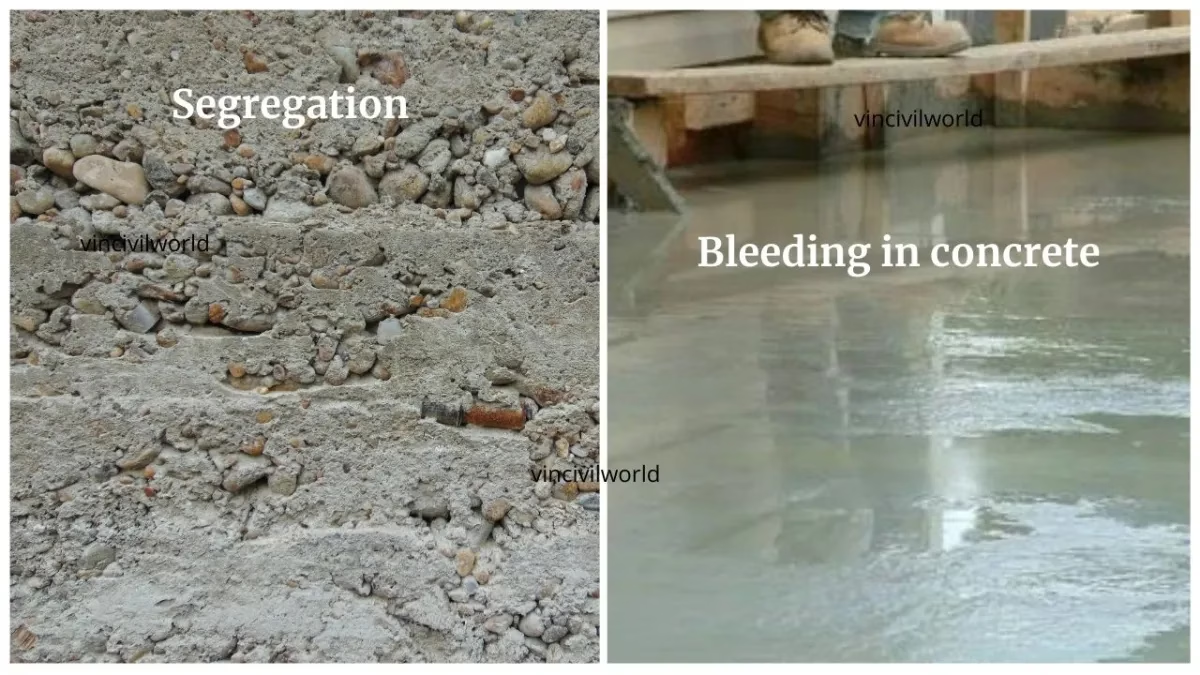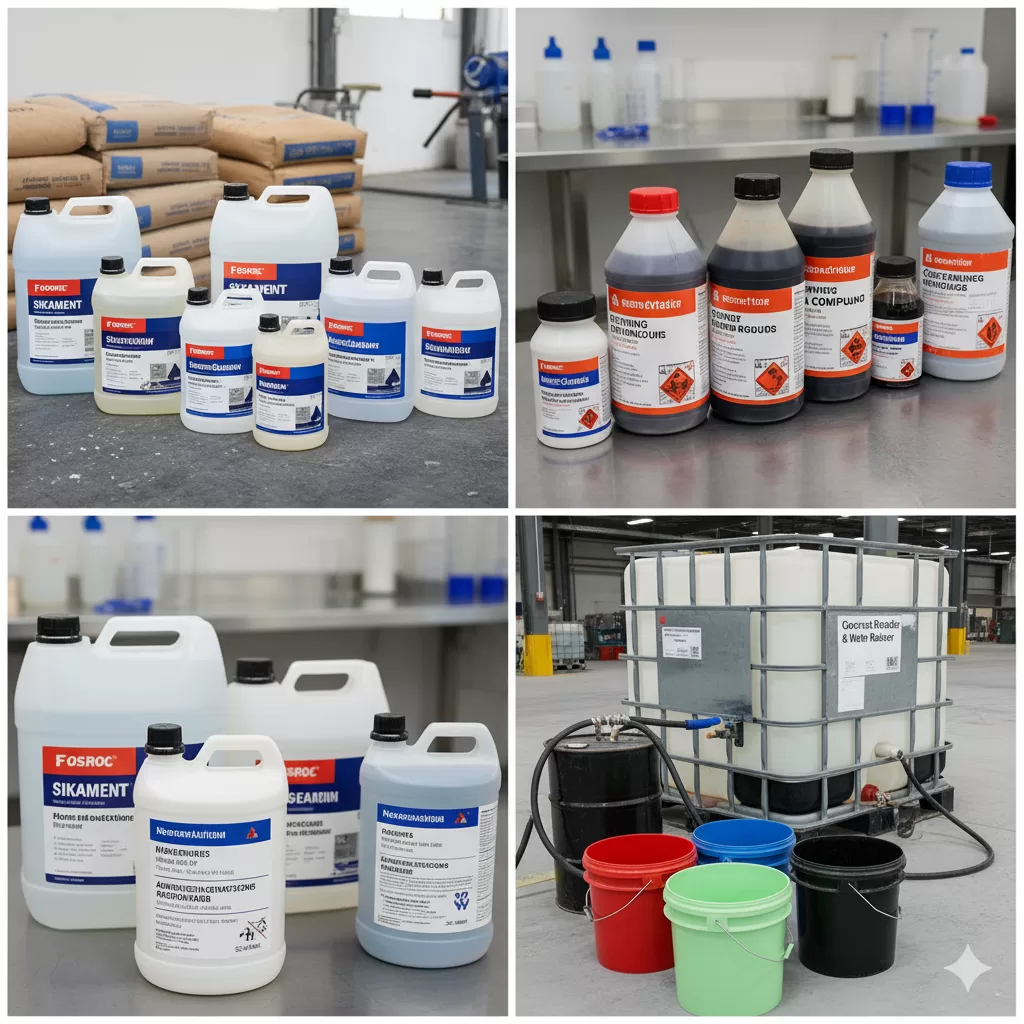Reactive powder concrete is an ultra-high strength and highly ductile composite material with advanced mechanical properties, hence has high durability. In this blog, I will walk you through the components, properties, advantages and limitations of RPC.
Let’s start from the definition.
What is reactive powder concrete?
Reactive Powder Concrete (RPC) is a type of Ultra High Performance Concrete (UHPC). The main constituents are cement, sand, silica fume, steel fiber and quartz powder with minimal water to binder ratio, without coarse aggregate.
Next, let me show you the development of RPC that presents different steps of formation.
Development of RPC
In RPC, water- binder ratio is very low, CA is absent- reduce the heterogeneity of concrete mix and optimize microstructure. Precise gradation of particles yields compact, well-arranged and high strength hydrates of maximum density.
Development of RPC is based on the following principles.
- Elimination of CA- Homogeneity enhanced
- Utilization of pozzolanic properties of silica fume
- Granular mixture optimization- to enhance the compacted density
- Optimal usage of superplasticizer- improves workability, reduce w/c
- Apply pressure (before and during setting)- improves compaction
- Post set heat treatment- to enhance microstructure
- Addition of small-sized steel fibres- improves ductility
Let’s move on to the components of reactive powder concrete now.
Components of RPC
| COMPONENT | SELECTION PARAMETER | FUNCTION | PARTICLE SIZE |
| Sand | Good hardness, readily available and low cost | Gives strength | 150-600 µm |
| Cement | C3S: 60% C2S: 22% C3A: 3.8% C4AF: 7.4% | Binding material for production of primary hydrates | 1-100 µm |
| Quartz powder | Fineness | Max reactivity during heat-treating | 5-25µm |
| Silica fume | Very less quantity of impurities | Filling the voids, enhance rheology, production of secondary hydrates | 0.1-1µm |
| Steel fibers | Good aspect ratio, straight in shape | Improve ductility | Length 13-25 mm Dia. 0.15-0.2 mm |
| Super plasticizer | Less retarding characteristics | Reduce w/c | Poly acrylate based |
Here comes the properties of RPC in the next section.
Properties of RPC
- RPC possess better strength (compressive and flexural) and lower permeability compared to HPC
- Fracture toughness is higher for RPC- higher ductility
- Ultra-dense microstructure- waterproofing and durability characteristics
- Higher corrosion resistance- can be used in chemically aggressive environments
- Workability of RPC mixtures (with and without fibres) measured by mortar flow table test- (120-140 mm)
- Workability of HPC mixtures (with and without fibres) measured by slump test- (120-150 mm)
- Density of fresh RPC and HPC mixtures- 2500-2650 kg/m3
- Compressive Strength of RPC and HPC- linked to durability, found that compressive strength of RPC is suitable for nuclear waste containment
How about the factors affecting the strength of RPC?
Also read: Self healing concrete|Bacterial concrete-Preparations& Advantages
Factors affecting strength of RPC
- Silica fume percentage- Compressive strength decreases as dosage increases, fluctuates in the range of 25-35% silica fume
2. Quartz Powder- improves filler effect, 20% increase in compressive strength under accelerated curing condition
3. Curing Regime- compressive strength increased by 10% when subjected to hot water curing
4. Temperature-
- Compressive strength
– decreases at 100°C
– increases from temperatures 200-500°C
– decreases at temperatures above 600°C
-increases as fibre content increases
-decreases as fibre content increases above 300°C
- Tensile strength
– decreases below 200°C
-increases from temperatures 200-300°C
-decreases above 300°C
5. Pre-Setting pressure- Compressive strength of RPC increased by two times
Time to see the advantages of reactive powder concrete.
Advantages of reactive powder concrete

- High ductility
- Low porosity and permeability
- Increased resistance to corrosion and chemical attack
- Significant dead load reduction is possible
- Eliminates the need for supplemental shear and auxiliary reinforcing steel
- Improved seismic performance
- Useful for containment of nuclear wastes- as there is minimum penetration of liquid/gas through RPC
We will find out the applications of reactive powder concrete now.
Also read: Reinforced cement concrete- Working stress and limit state method
Applications of RPC
- Pre-stressed applications
- Light weight structures- roof of stadiums, long span bridges, space structures, high pressure pipes, and blast resistance structures
- Containment of nuclear wastes
- Pre-cast structures
Before we wrap up, let’s take a quick stroll through the limitations.
Limitations of reactive powder concrete
- More expensive compared to conventional concrete
- Technological and economical difficulties in applying pressure to mix and heat treatment in field
- Since RPC technology is in its infancy, the long term are still not known
- Fine sand becomes equivalent to CA of conventional concrete, hence acting as a weak link
- Portland cement plays the role of fine aggregate and silica fume of the cement of conventional concrete
So, in nutshell,
Conclusions
- RPC is a recent advancement in the field of construction
- It has superior performance characteristics compared to HPC
- Based on the principle of optimization of microstructure to produce hydrates of the highest strength and durability
- Usage of superior materials has increased the cost of RPC considerably
- Ambiguity in long term properties, technological difficulties
- Intense research in this field guarantees that its limitations shall be resolved and it will be tapped to its full potential in the near future
That’s it about reactive powder concrete. Let me know your feedback on the article and any other topic suggestions in comments.
Happy learning!


